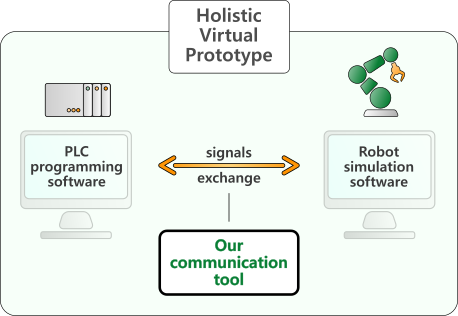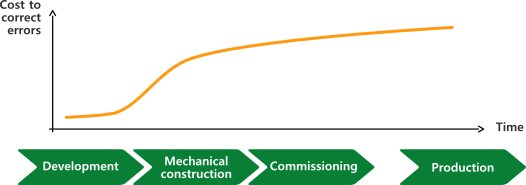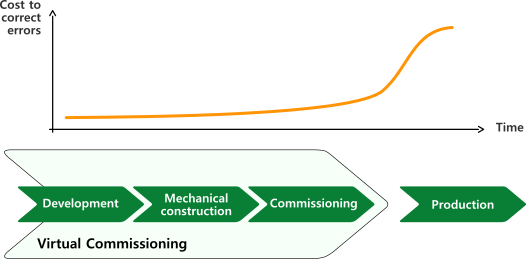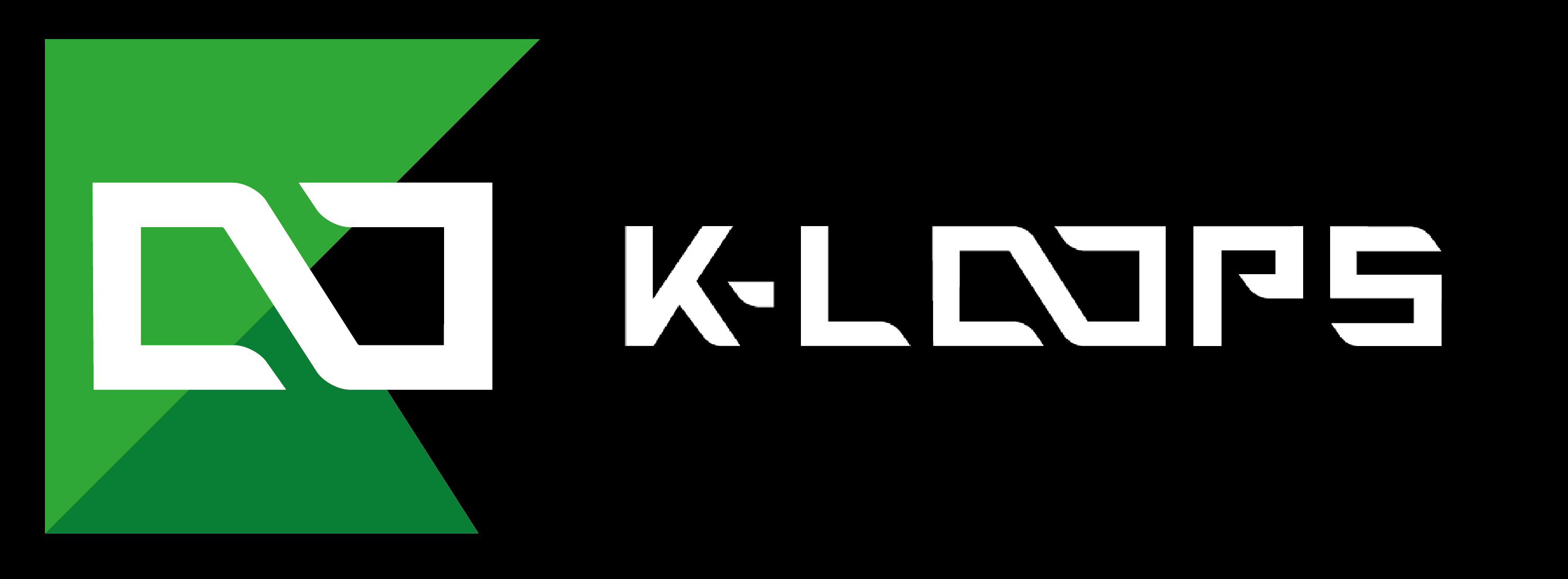Discover
Virtual Commissioning
Virtual Commissioning
To improve the effectiveness of the virtual commissioning of a robotic cell, we developed an approach that allows to create an organic simulation environment where robot and PLC programs can be tested simultaneously, enabling a consistent and holistic virtual commissioning of the whole work station.

Such approach offers several benefits, since it avoids the involvement of the real hardware during the testing stage. In terms of time saving, the advantage can be found in two main aspects: the work station does not have to be stopped while being reprogrammed for another task; errors in the design of hardware components are detected before they are installed/manufactured. Eventually, such latter aspect also turns out to consist in a money saving. Lastly, the virtual testing environment is obviously safer for human workers than the real one.
Traditional Approach
Traditional commissioning requires verifying the real system against hardware controllers without the use of virtual modeling techniques. It can be expensive and time-consuming. Errors in the software are only found out in the final stage of commissioning. Moreover, there is no possibility of creating multiple operational scenarios and this increases the probability of error.

This type of approach has additional disadvantages, including increased implementation and commissioning time. As a consequence, several advantages would be obtained simulating the behavior of a robotic cell within a virtual environment.
Virtual commissioning allows to save time by parallelizing the design phase and the commissioning phase; also, it prevents from eventual damages to the real hardware system.

However, there are limitations in the software applications that are used to carry out an holistic virtual commissioning. In fact, there are vendor-independent applications which allow to simulate PLC and robot programs in the same virtual environment, but they are not that accurate as proprietary software. On the other hand, proprietary software applications offer the possibility to simulate just one product at a time, missing the comprehensive view of the system.
Our Approach
We developed a software tool that allows to create an organic simulation environment where robot and PLC programs can be tested simultaneously, enabling a consistent and holistic virtual commissioning of the whole cell. The additional advantage is that each component involved in the simulation is accurately simulated through its proprietary software.
The two simulation environments communicate by exchanging I/O signals continuously, just as they do in the real system, where this exchange takes place between robots, devices and PLCs.
Virtual prototyping software allows to design, simulate and validate plausible scenarios of the real system, within the virtual system. Complex work cycles can be simulated while achieving optimized performance as well.

